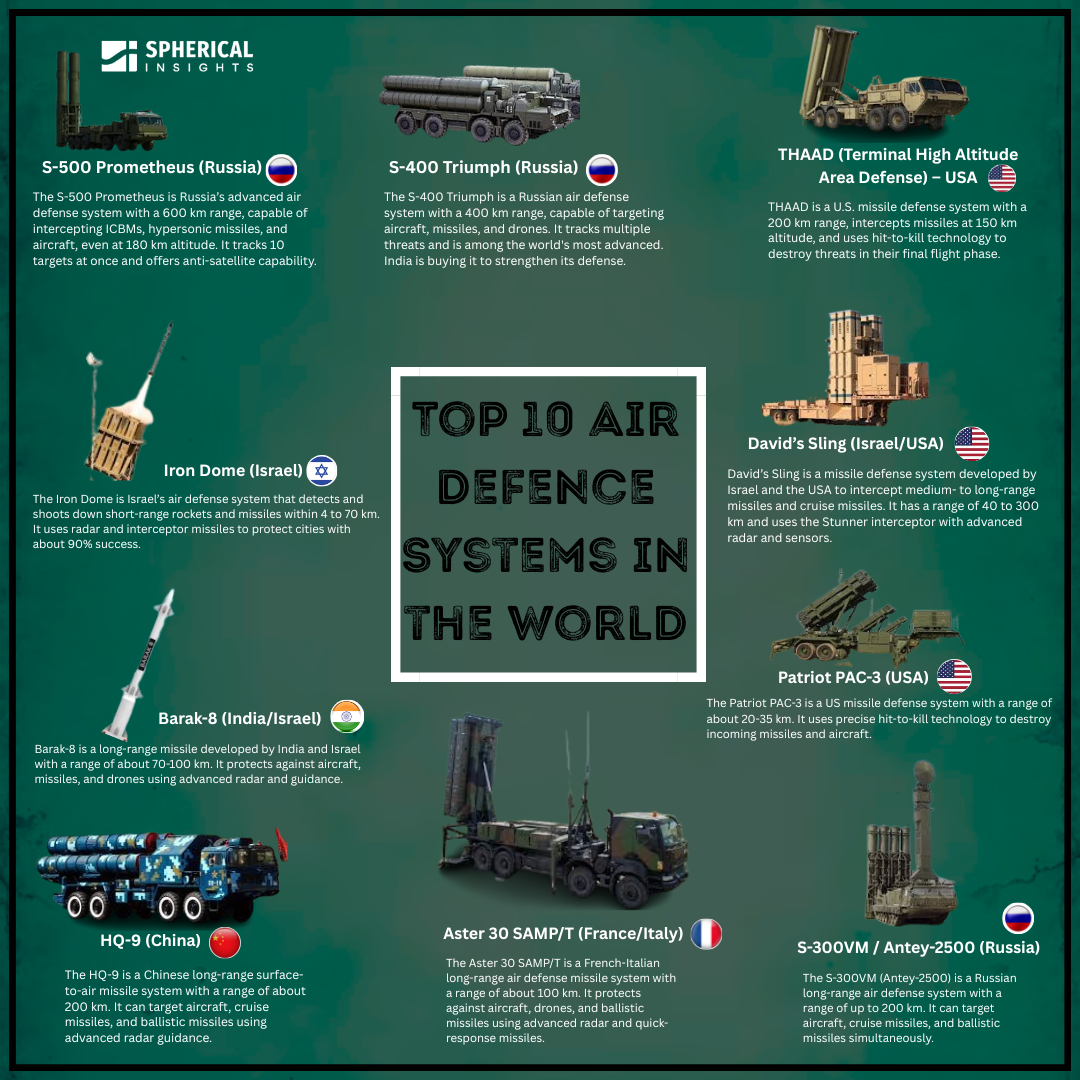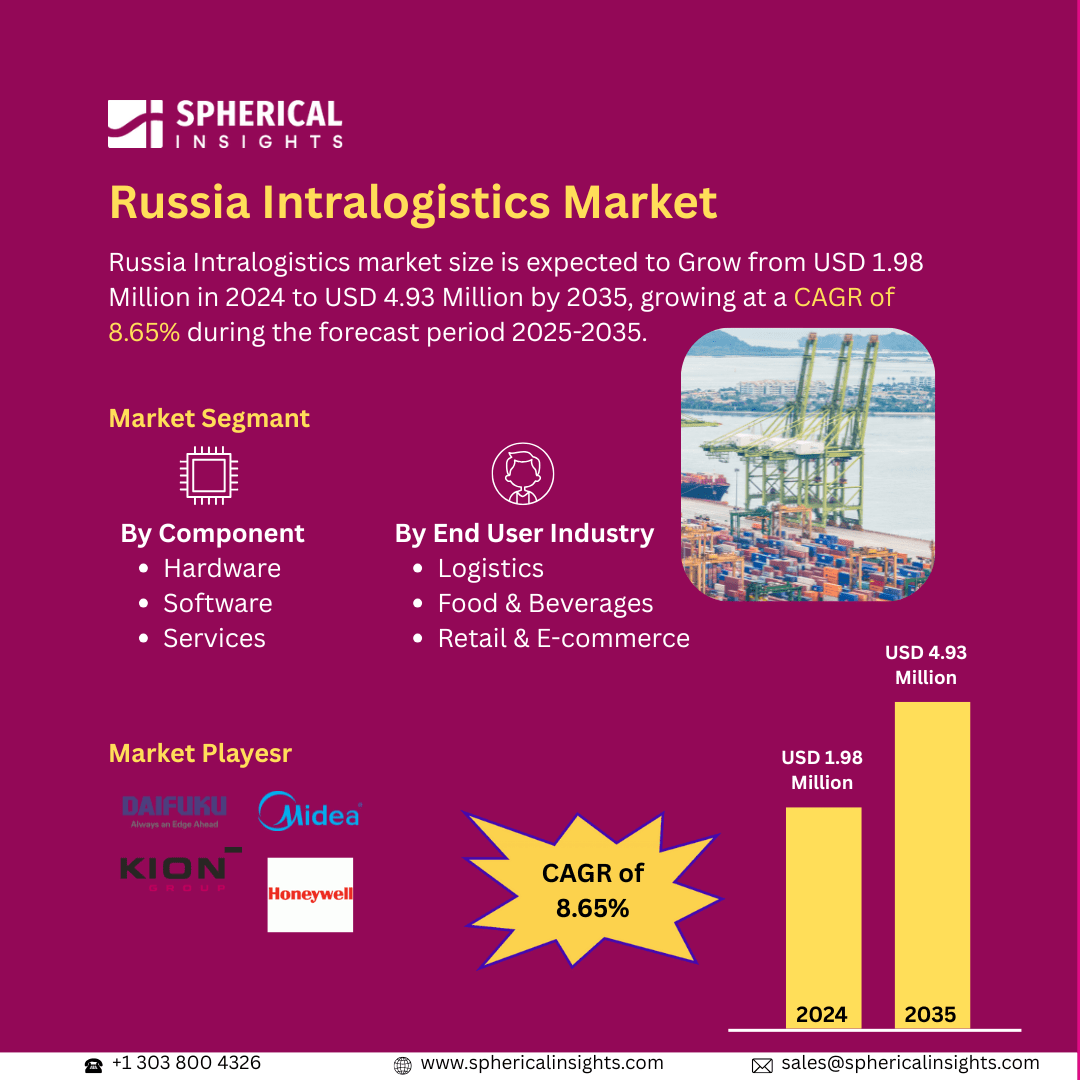Top 10 Air Defence Systems in The World: Technology Overview With Range, Features, and Capabilities:
The Air Defense Systems Market refers to the industry focused on military systems designed to detect, track, intercept, and neutralize aerial threats, including enemy aircraft, missiles, and drones. These systems integrate radar technology, surface-to-air missiles, anti-aircraft artillery, and command & control centers to safeguard national security and critical infrastructure. Air dominance is now achieved by sophisticated air defense systems that can identify, monitor, and eliminate aerial threats in real time, rather than only using fighter jets in the quickly changing global military environment of today. As long-range ballistic weapons, drones, and hypersonic missiles become more common, nations are making significant investments in state-of-the-art defense systems to safeguard their vital infrastructure and airspace. From Israel's proven Iron Dome to Russia's powerful S-500, the world's top air defense systems combine rapid-response capabilities, artificial intelligence, and precision engineering. In addition to providing insights into the most recent improvements in missile defense tactics, this blog compares the range, features, and recent technological advancements of the top 10 air defense systems in the world.
Market Overview and Current Scenario:
According to a research report published by Spherical Insights & Consulting, The Global Air Defense System Market Size is Expected to Grow from USD 46.55 Billion in 2024 to USD 81.92 Billion by 2035, at a CAGR of 5.27% during the forecast period 2025-2035. This growth is fueled by rising geopolitical conflicts, evolving security threats, and advancements in missile defense technologies. The air defense system sector is expanding as a result of countries all around the world implementing more Integrated Air Defense Systems (IADS). To protect against threats like stealth aircraft, hypersonic missiles, and unmanned aerial vehicles (UAVs), these systems integrate radar, sensors, and weaponry into a unified network. Countries are investing in cutting-edge air defense systems that can efficiently identify, intercept, and eliminate airspace threats as they become more complicated.
Air Defence Systems Market Size & Statistics:
The Market for Air Defense System was Estimated to be Worth USD 43.65 Billion in 2024.
The Market is Going to Expand at a CAGR of 5.27% between 2025 and 2035.
The Global Air Defense System Market is Anticipated to reach USD 81.92 Billion by 2035.
North America & Europe is Expected to Grow the fastest during the forecast period.
Asia Pacific is Expected to Generate the highest demand during the forecast period.
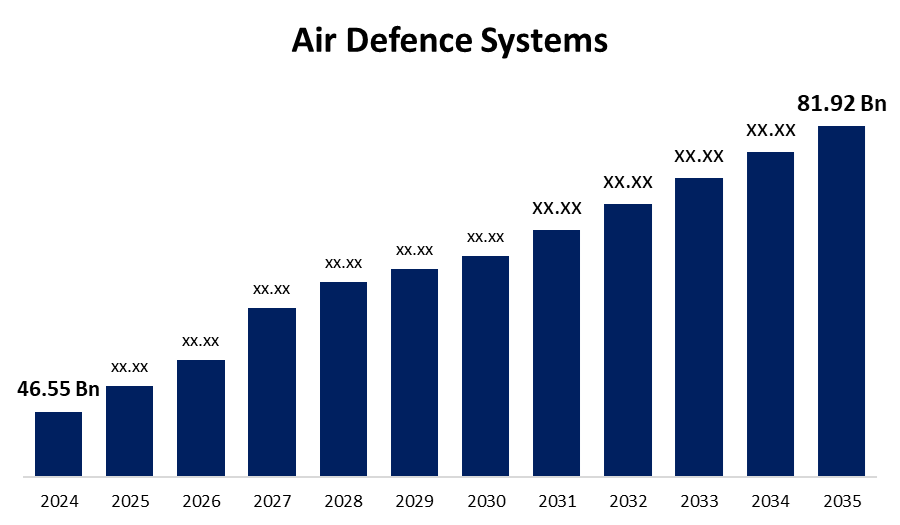
Get The Free Sample Of This Report
Regional Growth and Demand:
The Asia-Pacific (APAC) Region Currently Leads Global Demand for Air Defense Systems.
The Asia-Pacific (APAC) region currently leads global demand for air defense systems, driven by escalating geopolitical tensions, territorial disputes, and substantial defense budget increases. The continuous war between India and Pakistan is a major factor in this desire. Using cutting-edge air defense systems, including the S-400 Triumf, Akash, and Spyder, India successfully intercepted over 50 swarm drones during "Operation Sindoor" in May 2025 in response to Pakistani drone and missile strikes. India's dedication to strengthening its air defense capabilities was demonstrated by this mission. At the same time, tensions in the region have increased due to China's backing of Pakistan. Concerns have been raised by Pakistan's use of Chinese-made HQ-9 air defense systems and J-10C fighters in recent clashes with India.
Additionally, one of the major factors driving the Asia-Pacific air defense systems market is Japan's record-high defense budget of ¥7.95 trillion ($56 billion) for fiscal year 2024, which represents a 16% increase from the year before. In light of rising regional tensions, especially those involving China and North Korea, this significant investment demonstrates Japan's dedication to strengthening its military capabilities. A sizeable amount of this funding is set aside for the quicker deployment of long-range cruise missiles, including updated Type-12 missiles and American-made Tomahawks, to counter any North Korean and Chinese threats. To improve its defensive posture, Japan is also spending money on cutting-edge air and missile defense systems, like the Patriot Advanced Capability-3 (PAC-3) missile interceptors.
The Market for Air Defense Systems in North America is expanding significantly due to modernization efforts and large expenditures in cutting-edge technologies made by top aerospace companies. The purchase of Saab's RBS 70 NG short-range Air Defense System by Canada in February 2024 is a noteworthy example. With firing units, missiles, transport vehicles, training, and support, this contract, which is valued at about CAD 227 million (USD 168 million), would strengthen Canada's defenses against aerial threats and help it fulfill its NATO obligations in Latvia. Additionally, in April 2022, the U.S. government also suggested spending around USD 900 million to buy Guam a new missile defense system. In order to counter China's increasing missile threats, this project seeks to improve radar capacity, command and control capabilities, and missile defense. Furthermore, the market for air defense systems has been greatly impacted by the rise in European defense spending, which is being fed by the ongoing war between Russia and Ukraine as well as worries about decreased military assistance from the United States. The Readiness 2030 program of the European Commission intends to raise up to €800 billion for defense improvements, with a significant amount going toward air and missile defense capabilities.
Top 10 Air Defence Systems in the World:
Countries are making significant investments in cutting-edge Air Defense Systems to safeguard their airspace in an era where aerial threats are growing more complex. Aircraft, drones, cruise missiles, and ballistic missiles are just a few of the dangers that these systems are made to identify, monitor, and eliminate. Based on their capabilities, range, and technical breakthroughs, the top 10 air defense systems in the world are listed in detail below.
1. S-500 Prometheus (Russia)
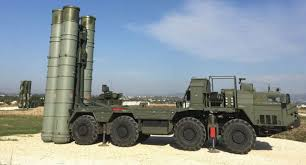
Russia created the S-500 Prometheus, one of the most sophisticated air defense systems in the world, to combat a variety of aerial threats. With a 180-kilometer altitude reach, it has an amazing operational range of up to 600 km for anti-ballistic defense and 500 km for air targets. High-speed aircraft, ballistic missiles, and hypersonic cruise missiles can all be intercepted by the system, which can reach interceptor speeds of up to Mach 14. Engaging up to ten hypersonic targets at once, including ones traveling at 7 km/s, is a remarkable capability of the S-500. It is also designed to protect against space-based threats, non-manned aerial vehicles, and satellites in low Earth orbit.
2. S-400 Triumph (Russia)
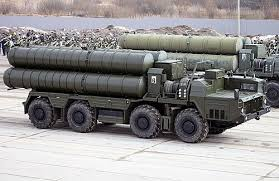
One of Russia's most effective long-range air defense systems, the S-400 Triumph is renowned for its capacity to strike a broad range of aerial targets. With an altitude reach of around 30 to 56 km and a maximum range of 400 km, the S-400 can precisely intercept ballistic missiles, cruise missiles, and airplanes. Up to 36 targets can be tracked and neutralized at once by the system employing various interceptor types, enabling multi-target engagement. It functions well in challenging conditions and provides outstanding mobility and quick deployment. The S-400, which is widely used by Russia and exported to nations like China, India, and Turkey, combines advanced fire control and radar systems, making it one of the most combat-tested systems in the world.
3. THAAD (Terminal High Altitude Area Defense) – USA
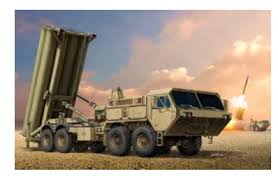
The U.S.-developed THAAD is a potent anti-ballistic missile system intended for exo-atmospheric, high-altitude interception. With a range of roughly 200 kilometers and a maximum altitude of 150 km, it offers vital midcourse interception capabilities. During its terminal phase, THAAD interceptors eliminate incoming ballistic missiles using kinetic energy, often known as hit-to-kill technology. The device provides quick and extremely accurate threat neutralization at speeds greater than Mach 8. As part of a layered defense network, THAAD is deployed in a number of strategic locations, such as South Korea and the United Arab Emirates, and works in tandem with Patriot and Aegis systems. Because of the accuracy and dependability of its radar and control systems, it is an essential part of contemporary missile defense infrastructure.
4. David’s Sling (Israel/USA)
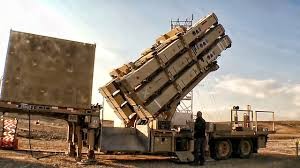
Israel and the United States collaborated to build the state-of-the-art medium-to-long-range missile defense system known as David's Sling. It is made to precisely intercept hostile drones, cruise missiles, tactical ballistic missiles, and aircraft. In Israel's multi-tiered defense concept, the system fills the gap between the Iron Dome and Arrow systems with interceptor speeds surpassing Mach 7 and a range of up to 300 km. With its dual seeker system, the Stunner interceptor missile guarantees excellent accuracy even when firing at moving targets. The efficacy of David's Sling was demonstrated by its successful usage in military operations throughout recent regional conflicts. The technology, which is integrated with Israel's command network, improves national security while preserving adaptability and rapid reaction times in high-threat situations.
5. Patriot PAC-3 (USA)
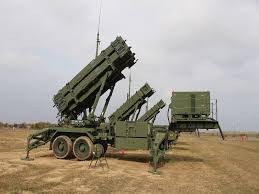
The Raytheon-developed Patriot PAC-3 is a well-known and frequently exported air defense system that can target tactical ballistic missiles, cruise missiles, and airplanes. It works well at elevations up to 24 km and has a range of about 160–170 km. With improved radar tracking and hit-to-kill capability, the PAC-3 model is an improvement that increases accuracy and lethality. It has been used extensively in warfare, most notably in the fight in Ukraine, but also in the Gulf War and Iraq. The Patriot system, which is used in more than 17 nations, including Saudi Arabia, Japan, and Germany, is frequently combined with THAAD for multi-layered defense. It is a crucial component of allied missile defense networks due to its proven track record, cutting-edge guidance technology, and ongoing enhancements.
6. S-300VM / Antey-2500 (Russia)
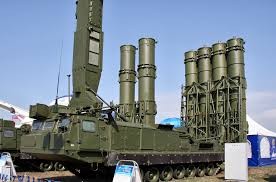
Russia created the long-range, multi-channel air and missile defense system known as the S-300VM, or Antey-2500. It can destroy airplanes, precision-guided weapons, and ballistic missiles with a range of medium to intermediate. The system can track and target several threats at once, with a maximum engagement range of up to 250 km and an altitude coverage of 30 km. Its interceptors have a high success rate against swift airborne threats since they operate at speeds higher than Mach 7. For improved tracking and precision, the S-300VM combines autonomous guiding with phased-array radars. It is still a key component of Russia's military strategy for layered, long-range aerial defense in a variety of conflict situations, and it is deployed in nations like Venezuela and Egypt.
7. Aster 30 SAMP/T (France/Italy)
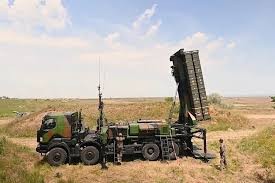
A French-Italian joint venture, the Aster 30 SAMP/T system is a highly mobile and adaptable air defense system that offers 360° protection against a range of threats. It can operate at heights of up to 25 km and has a maximum range of 120–150 km. The system makes use of the Aster 30 missile, which has active radar guidance and a top speed of Mach 4.5. It can intercept short-range ballistic missiles, cruise missiles, and airplanes. France, Italy, and Singapore presently use the SAMP/T system, which is praised for its rapid deployment, networked radar integration, and dependable target engagement in both stationary and mobile configurations.
8. HQ-9 (China)
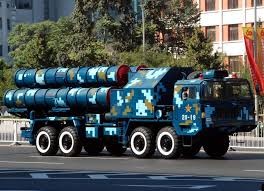
China's HQ-9 is a long-range surface-to-air missile system that is partially based on the American Patriot and Russian S-300 systems. It is intended to fight ballistic threats, airplanes, and cruise missiles at heights of about 27 km and ranges of up to 200 km. A phased-array radar and several interceptor types tailored to distinct threat profiles are elements of the HQ-9. It provides 360° coverage and is capable of engaging targets at speeds greater than Mach 4. The technology is extensively used in China's critical areas, such as the South China Sea and Taiwan Strait. It is an essential part of China's growing air defense system, with versions such as the HQ-9B and HQ-9C providing better tracking and range.
9. Barak-8 (India/Israel)
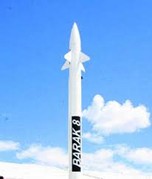
India and Israel collaborated to create the next-generation, medium-range surface-to-air missile system known as Barak-8. Barak-8, which can operate at heights of up to 20 km and has a range of 70–100 km, is intended to destroy aerial threats such aircraft, drones, cruise missiles, and anti-ship missiles. Its missile has active radar guidance for accurate hits and flies at speeds greater than Mach 2. The system offers adaptable defense in a variety of environments and is installed on both land and marine platforms. The Israeli military, Indian Navy, and Indian Air Force all utilize Barak-8 to improve air superiority in the region. It is a pillar of Indo-Israeli defense cooperation and upcoming advancements due to its modular architecture and shown performance in operational circumstances.
10. Iron Dome (Israel)
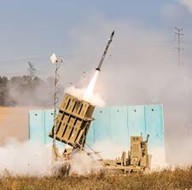
Rafael Advanced Defense Systems created Israel's well-known short-range air defense system, known as the Iron Dome. With a range of up to 70 km and an altitude of 10 km, it is renowned for its remarkable effectiveness in intercepting and destroying rockets, artillery projectiles, and mortars. The system, which uses Tamir interceptors and sophisticated radar, has a success rate of more than 90% in real-time combat scenarios. It lowers operating costs by distinguishing between actual threats and decoys. Throughout conflicts, the Iron Dome has been often used to defend Israeli residential areas from missile assaults. Countries including the U.S., India, and South Korea are interested in and willing to work with it because of its combat success, mobility, and automation.
About the Spherical Insights & Consulting
Spherical Insights & Consulting is a market research and consulting firm which provides actionable market research study, quantitative forecasting and trends analysis provides forward-looking insight especially designed for decision makers and aids ROI.
Which is catering to different industry such as financial sectors, industrial sectors, government organizations, universities, non-profits and corporations. The company's mission is to work with businesses to achieve business objectives and maintain strategic improvements.
CONTACT US:
For More Information on Your Target Market, Please Contact Us Below:
Phone: +1 303 800 4326 (the U.S.)
Phone: +91 90289 24100 (APAC)
Email: inquiry@sphericalinsights.com, sales@sphericalinsights.com
Contact Us: https://www.sphericalinsights.com/contact-us
Follow Us: LinkedIn | Facebook | Twitter
